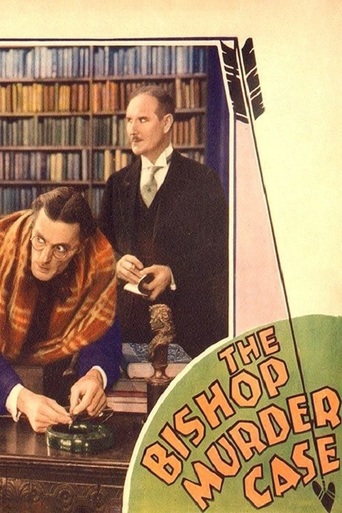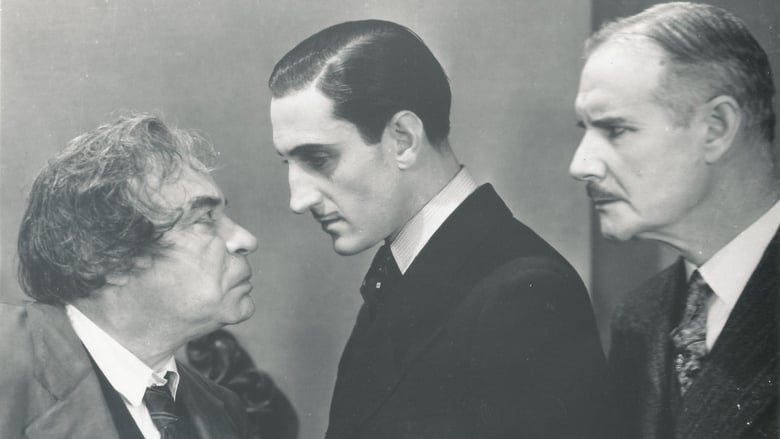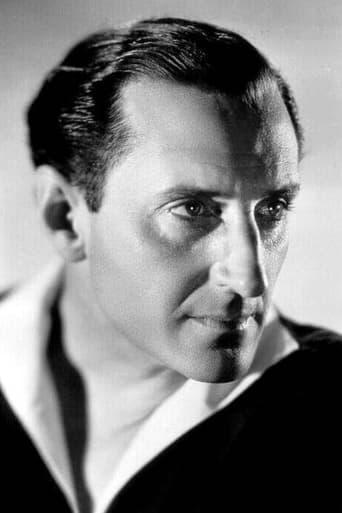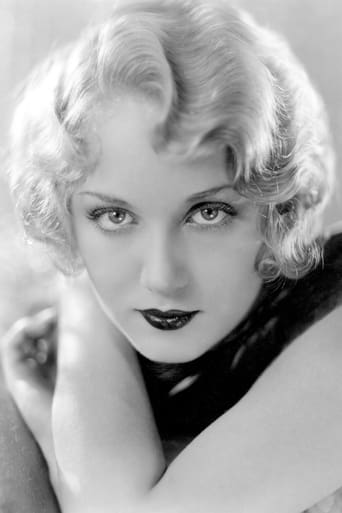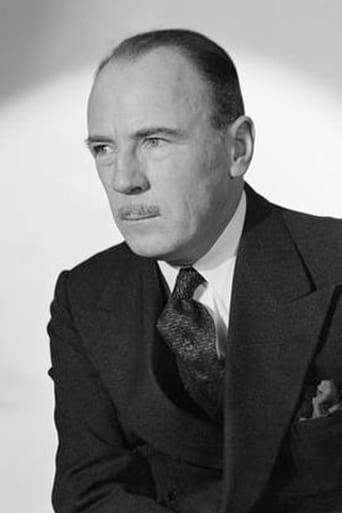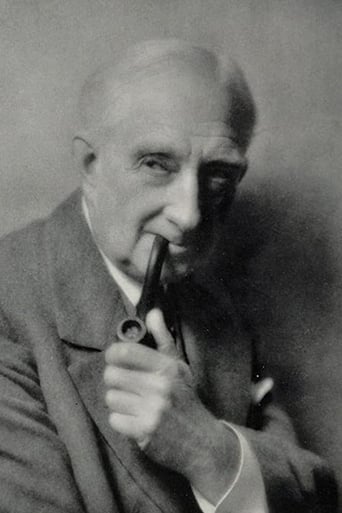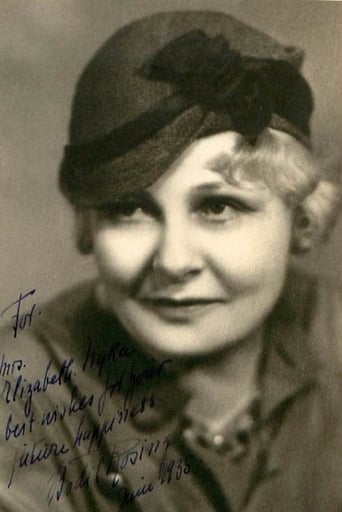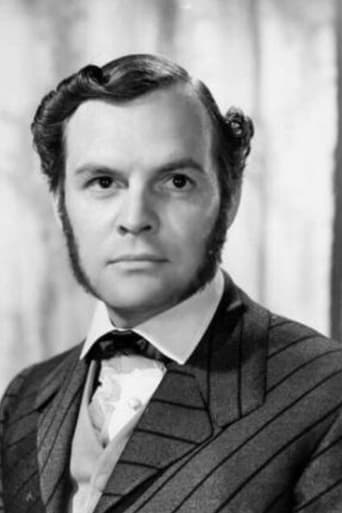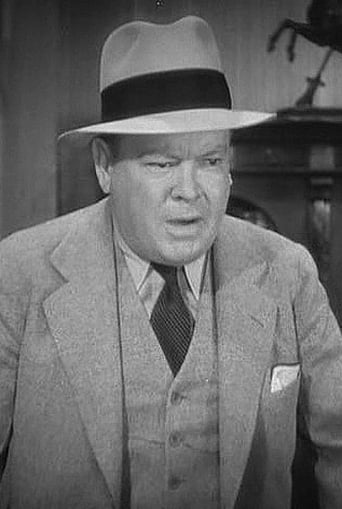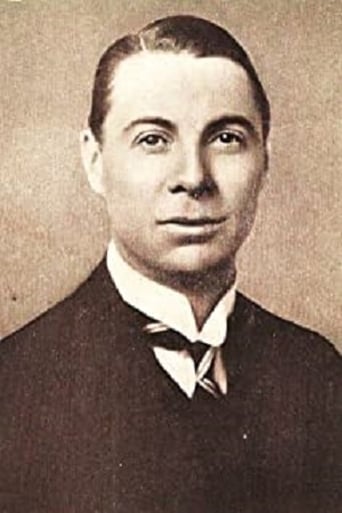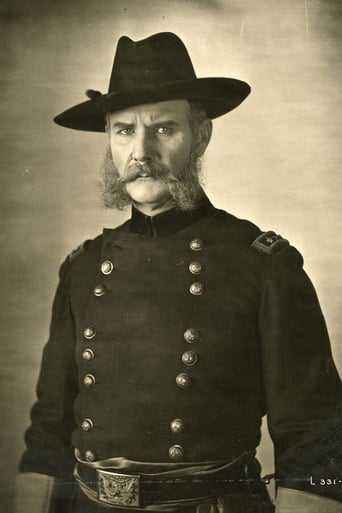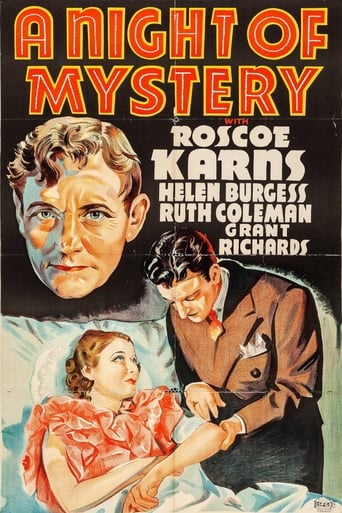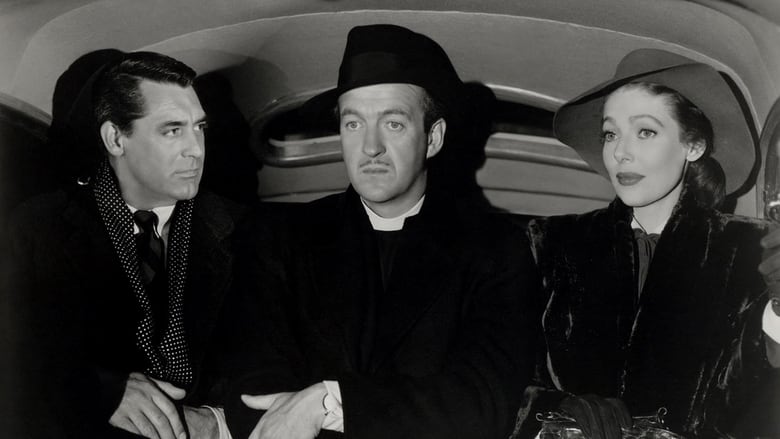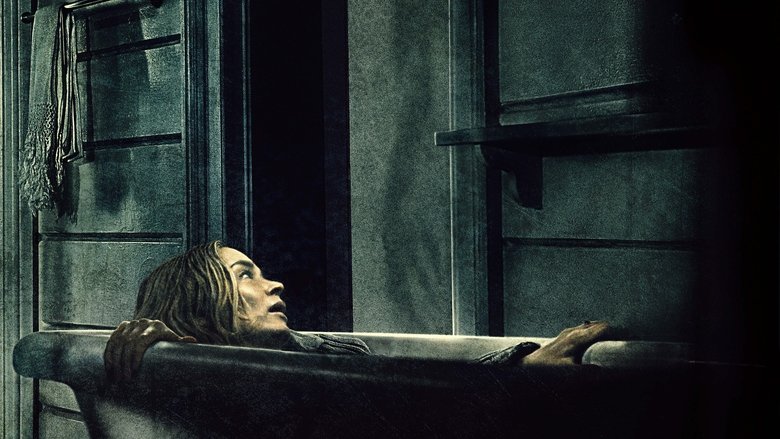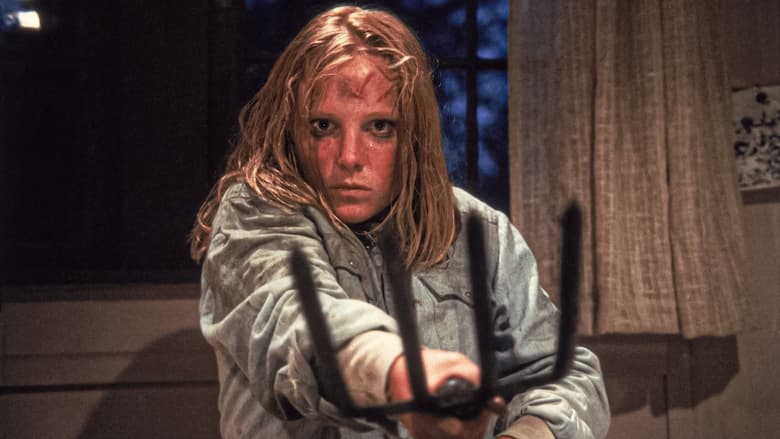The murders start with the body of Robin. He is found with a arrow through the heart, but Vance deduces that the body was placed and not found where he was killed. The note found dealing with the murder was part of a nursery rhyme and signed by 'Bishop'. The only witness may have been Mrs. Drukker and Adolph, but they are not talking. As the murders progress, each one is accompanied by a nursery rhyme. It is up to Philo Vance to unravel the clues and unmask the identity of the murderer 'Bishop'.


Similar titles
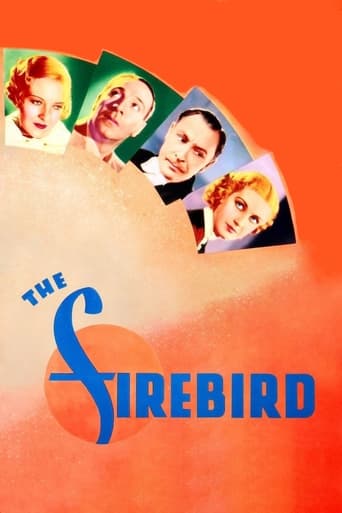
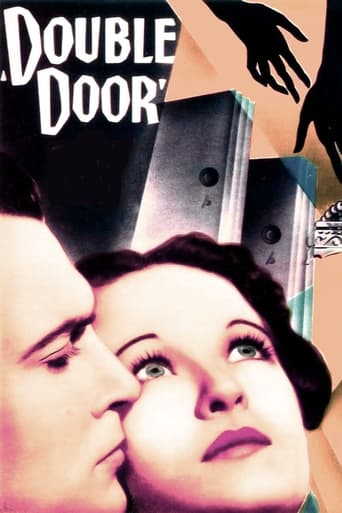
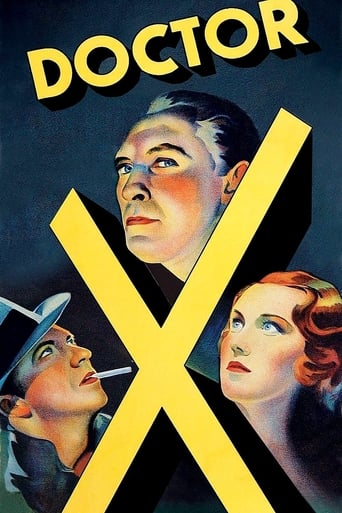
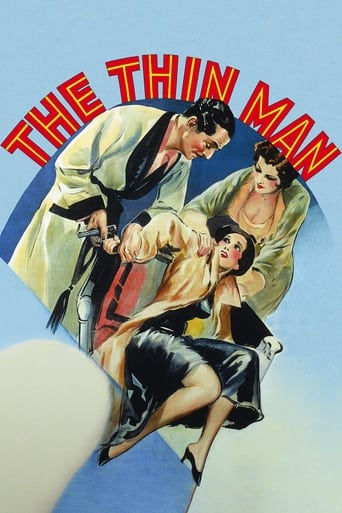
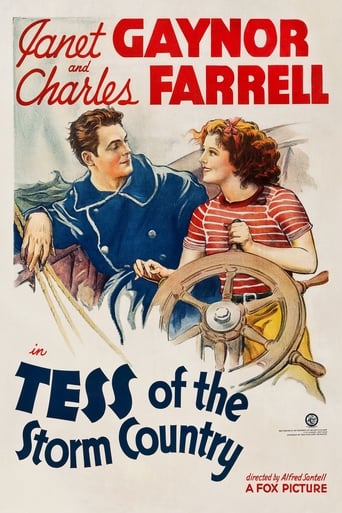
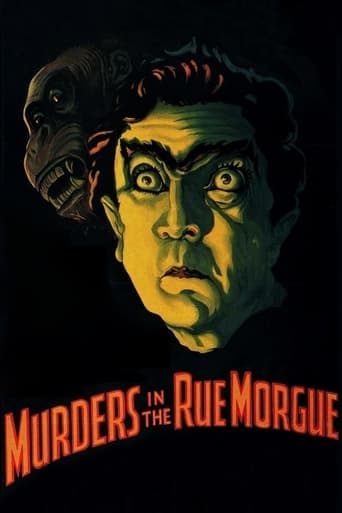
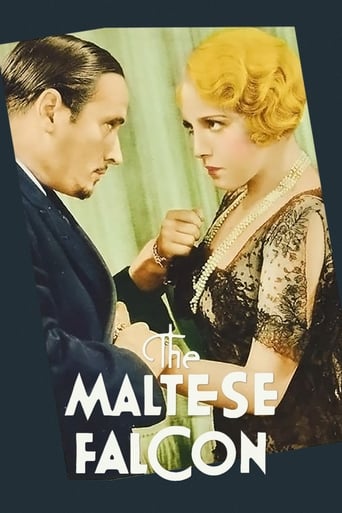
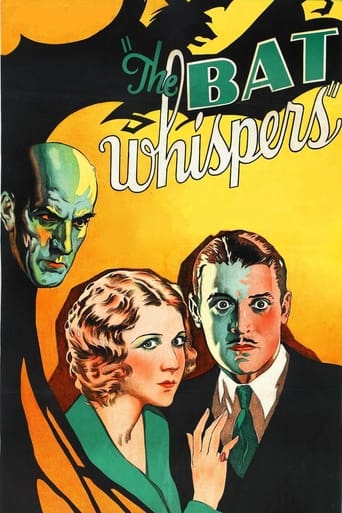

Reviews
Bishop Murder Case, The (1930) ** (out of 4) A man named Robin is killed by an arrow so Philo Vance (Basil Rathbone) is called in and he soon determines that a killer is using nursery rhymes as his motive. Like so many other early talkies, this one here suffers from non-stop-talking syndrome, which really kills the film. The mystery and motives of the killings are pretty interesting but sadly all we hear is talk and this gets very tiresome because the characters keep talking about the same things over and over. By the time we get to the ending it's hard to care about who has been doing all the murders. Rathbone, looking incredibly young, is pretty good in his role and does a good job at taking command of the character. It's also interesting to see certain gestures, which he would later use as Sherlock Holmes. Even though this was an early talkie, the sound quality is actually better than a lot of the films I've seen from this period but the camera work looks really, really bad throughout.
For a 1930 film, this movie is better than average--even though by the standards of films made just a couple years later, it isn't so hot. Unlike MANY of the 1930 films, this one has excellent sound and the characters are somewhat more mobile. You see, this was made in the very early days of "talkies" and most studios made films where the sound was way too low and the actors were told to almost stand in one place so the microphones could properly pick up their voices. I have seen a few comments about how the characters are too wooden or immobile, but compared to other 1930 films this isn't too bad.Oddly, while the sound is excellent, the camera-work, at times, is pretty lousy. All too often, the camera was too distant from the characters and if it zoomed in, it did so in a very shaky and unprofessional-looking manner. You wonder if they spent so much money on excellent sound that all they could afford for cameramen were chimps! It was most noticeable at the beginning, but throughout the film the camera often did not follow the actors or the shot was just too distant.As for the acting, it was a real mixed bag. I personally thought that Basil Rathbone was excellent, though I could see how William Powell might be missed. If you don't compare the two but just look at Rathbone on his own merits, he was fine. Now as for the rest of the cast, most were pretty good but some of the actors just,....sucked. In particular, the person playing Mr. Pardee did a horrible job--worse than someone in a high school play. A couple of the others, such as Drukker and the police sergeant, weren't a whole lot better. A lot of this may be because during the transition to sound, acting still was a bit too melodramatic in these early films, so I can forgive this to some extent.As for the good, the plot itself is excellent and exciting--particularly the end. Unlike many of the murder mysteries of the era, this one seems better written and more interesting.The bottom line is that for 1930, this IS a good film and might get an 8 if it were only being compared to 1930. However, overall, the production loses a couple points for the reasons listed above. An interesting curio and a film that is a time-passer for most.
"The Bishop Murder Case" is one of the best in the Philo Vance film series. The mystery seems a bit silly at first when children's nursery rhymes are used by the perpetrator of the crimes to publicize his murders, not unlike methods used by present-day serial killers. But once the plot unfolds the nursery rhyme angle makes complete sense. The Bishop is a key figure in solving the mystery as the title indicates. So keep your eyes focused on that clue. I won't say any more except to add that this is a complex mystery.Basil Rathbone is second only to William Powell in breathing life into S.S. Van Dine's famous private investigator. It's obvious from this performance why Rathbone was chosen at the end of the decade to play Sherlock Holmes. The other actor who shines in this movie is Roland Young. Though much of the acting hearkens back to the silent era which was coming to an end, Rathbone and Young seem modern in their approach. From playing on stage and in silent pictures, actors were used to wild exaggerations and outlandish gesticulations which were no longer needed now that movies could talk. Several of the characters in "The Bishop Murder Case" have not yet adjusted to working with sound. Not so Rathbone and Young.Another early talky distraction for modern viewers is the absence of music for dramatic effect. Since live music was used to accentuate the silent screen action and mood, it seems strange that music was not immediately utilized for the same purposes on the talky screen. Producers were misinformed that music coming from nowhere would puzzle and confuse the audience. So it took a few years for Hollywood to rid itself of this misconception. The decision not to use music plus fairly primitive sound effects (the viewer will readily recognize the sound of thunder as the sound of huge sheets of metal being snapped)take away from the overall effects of this otherwise clever and well-written murder mystery.
Good effort given the primitive technology. This very early talkie does not creak like most of them did, and you believe that the same team could have done much better only a few years later.Check out the innovative scene of Hyams at the three-way mirror. Beautiful scene that directors even today should view for technique. There are several little skilled touches added to this film that make you realize that the only limitation on the talent was the primitive lower-than-low tech.Rathbone and Hyams seem more modern than the movie and they definitely do not creak.Must reluctantly give it a "5" because of old set-bound look of the film and the lack of music but it is rewarding if you can overlook such drawbacks.
